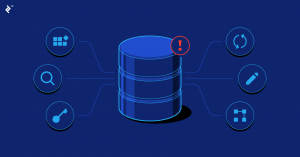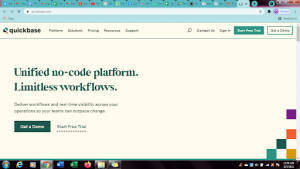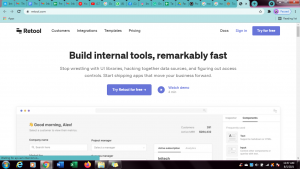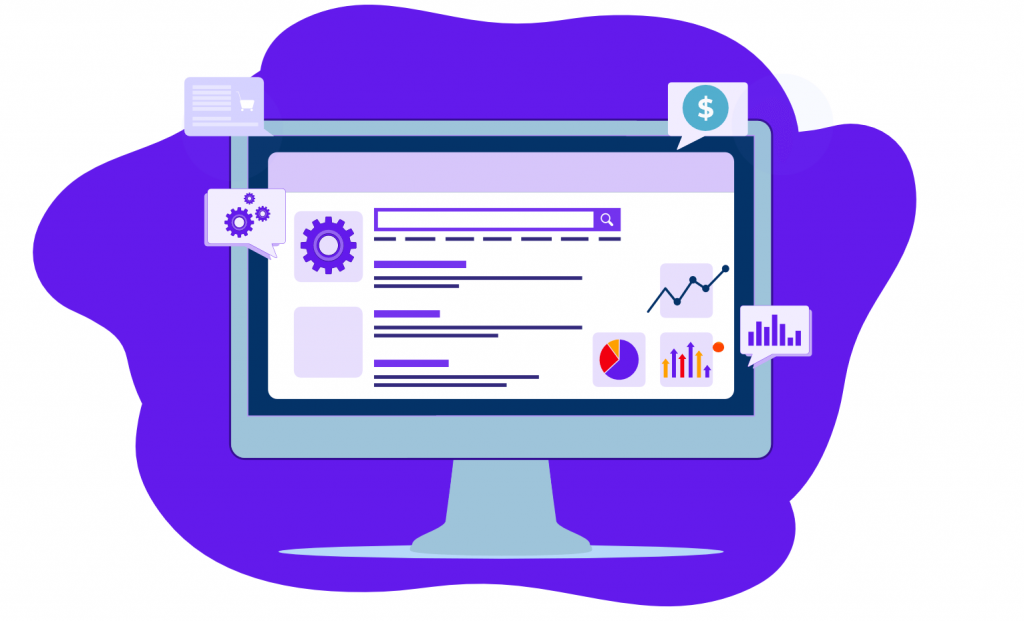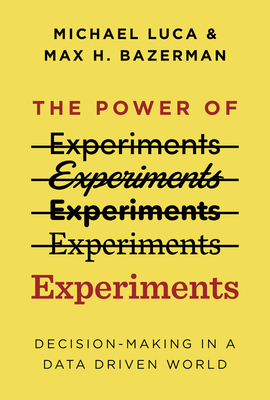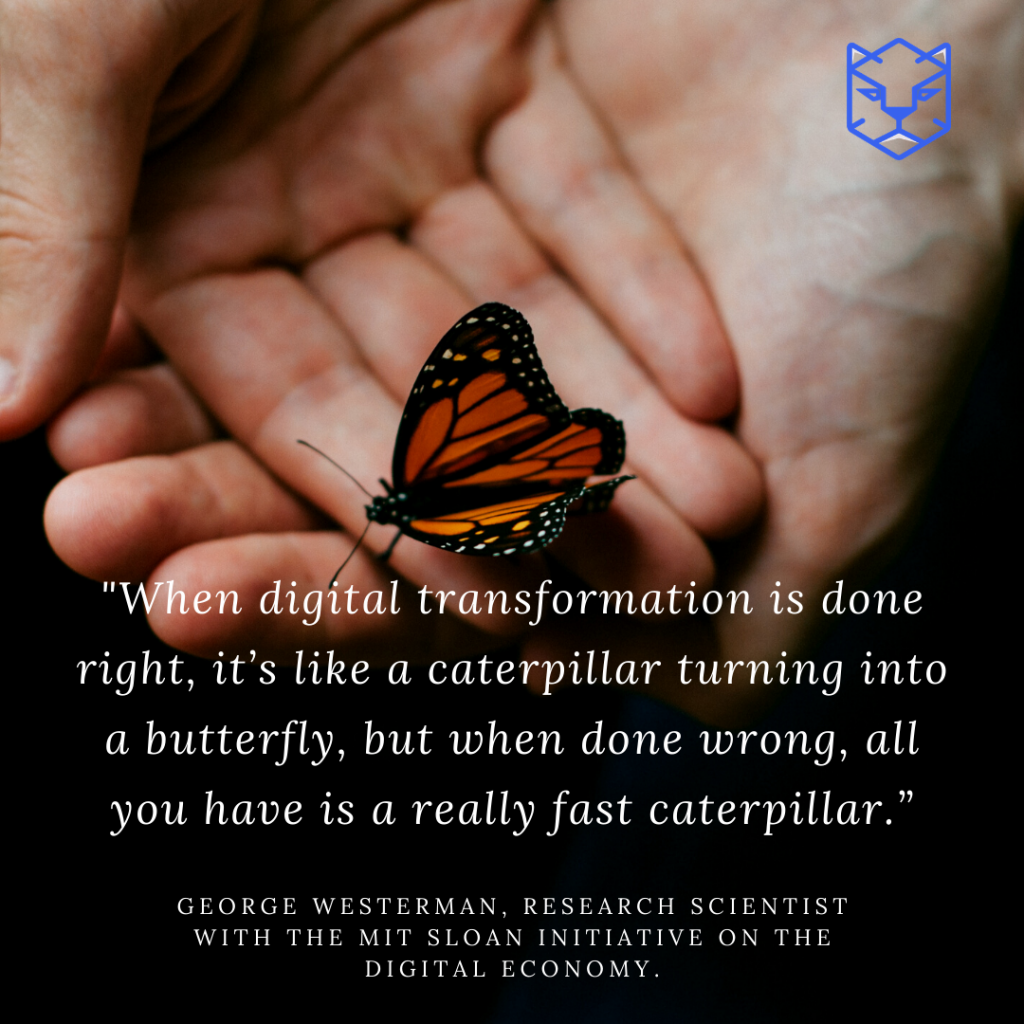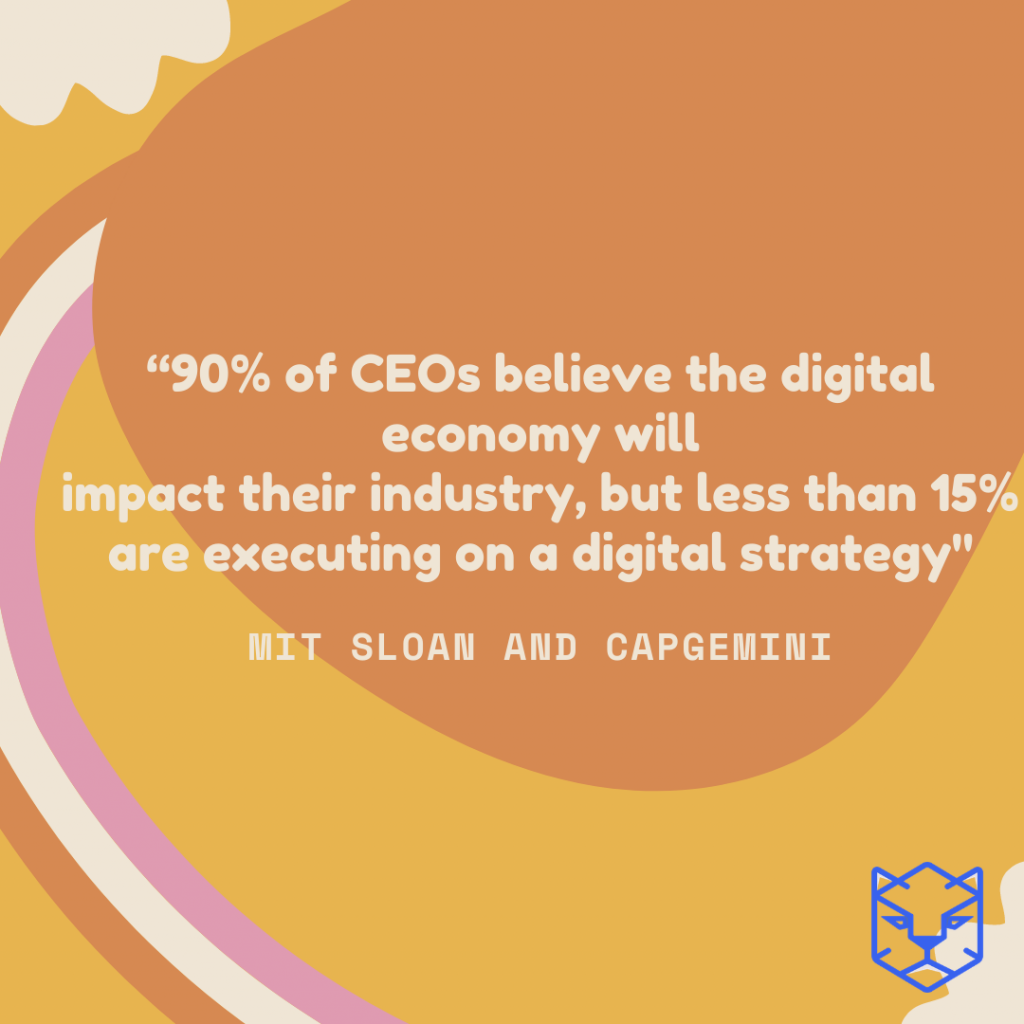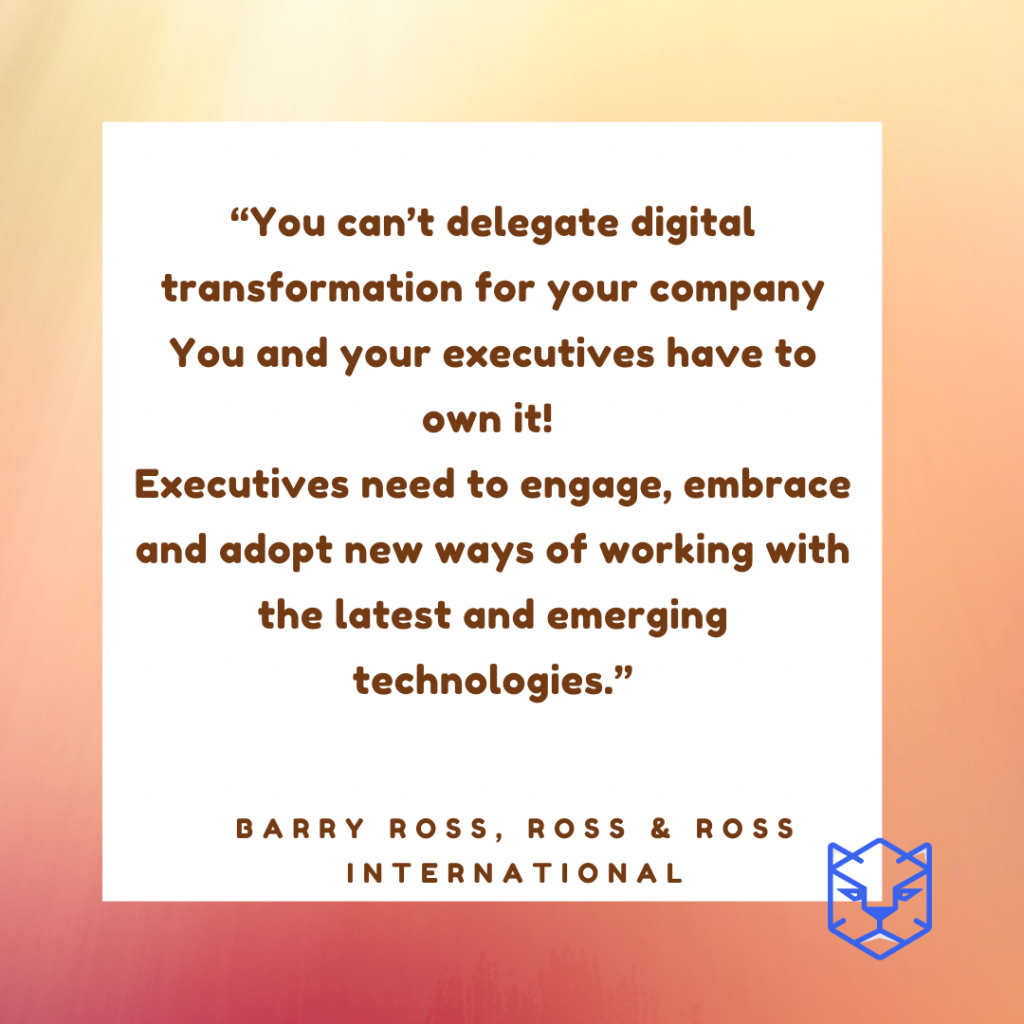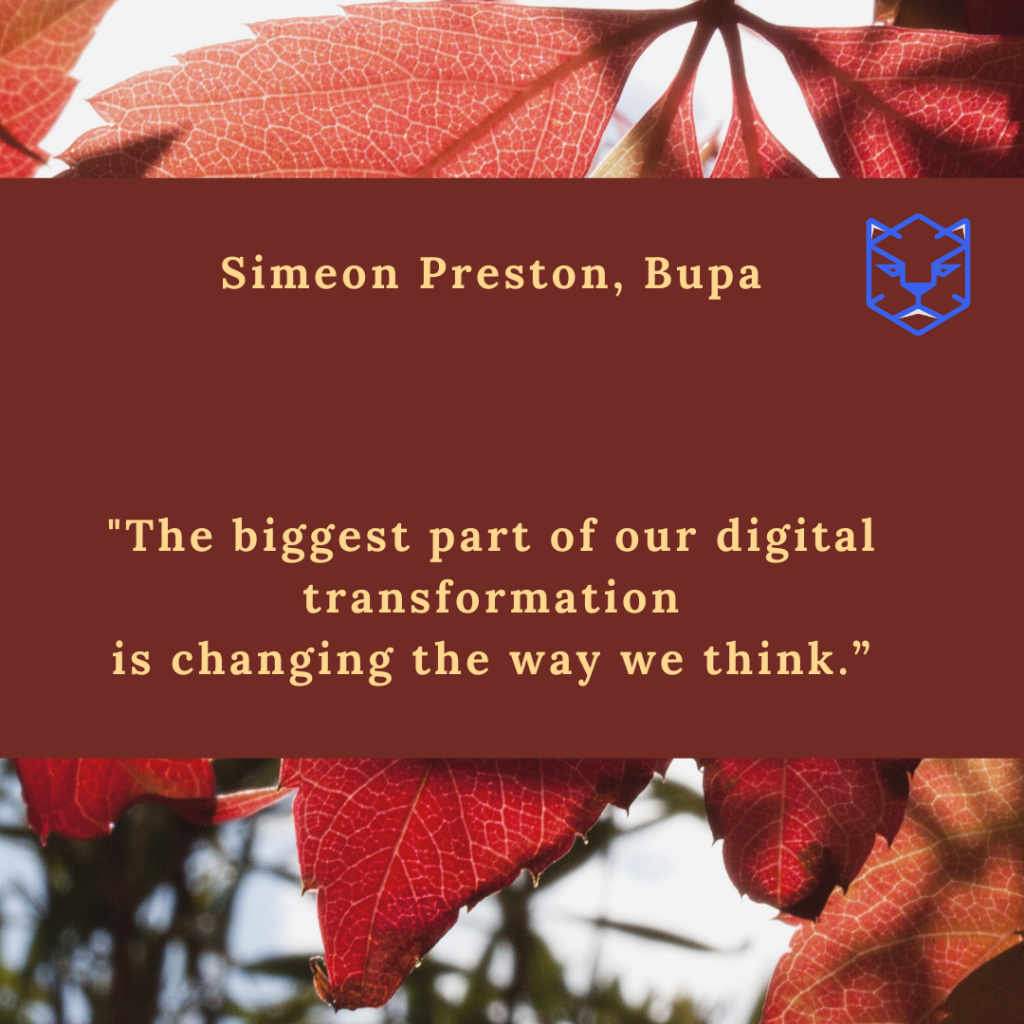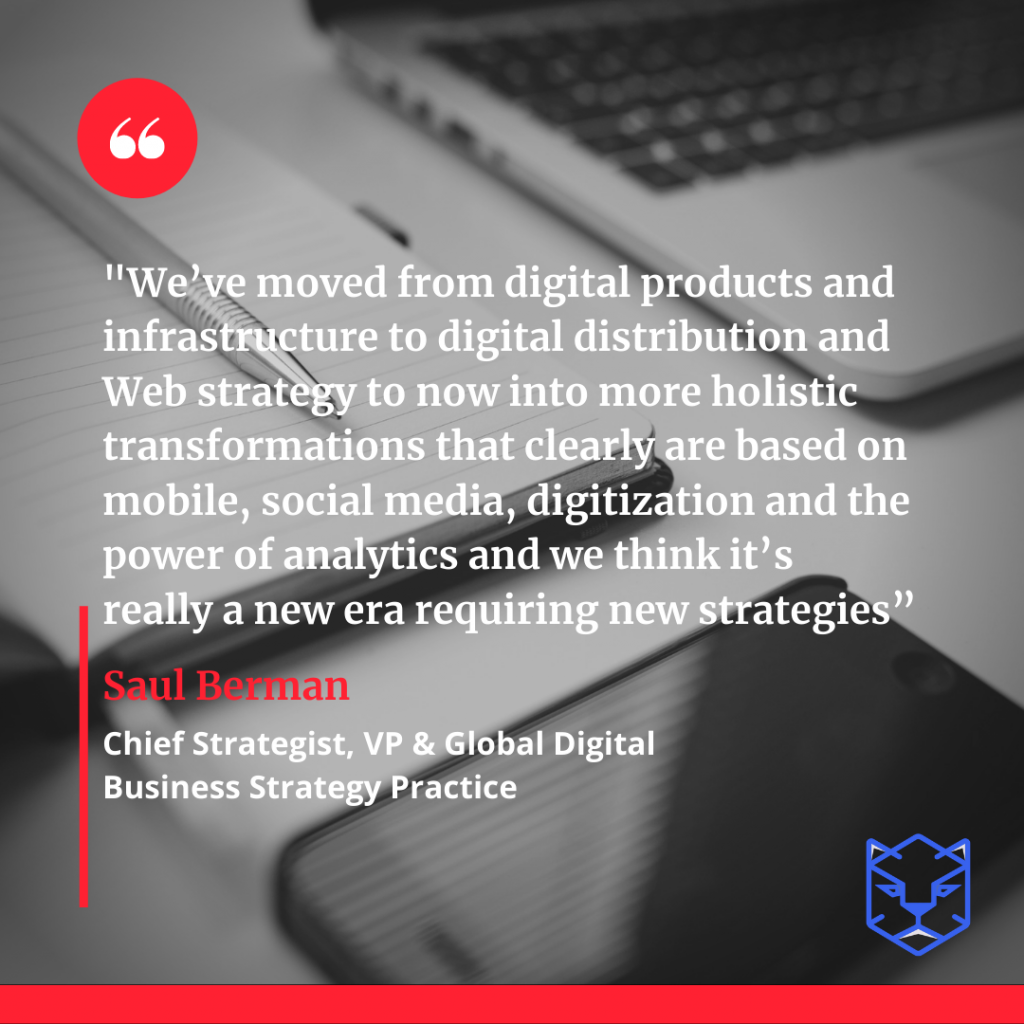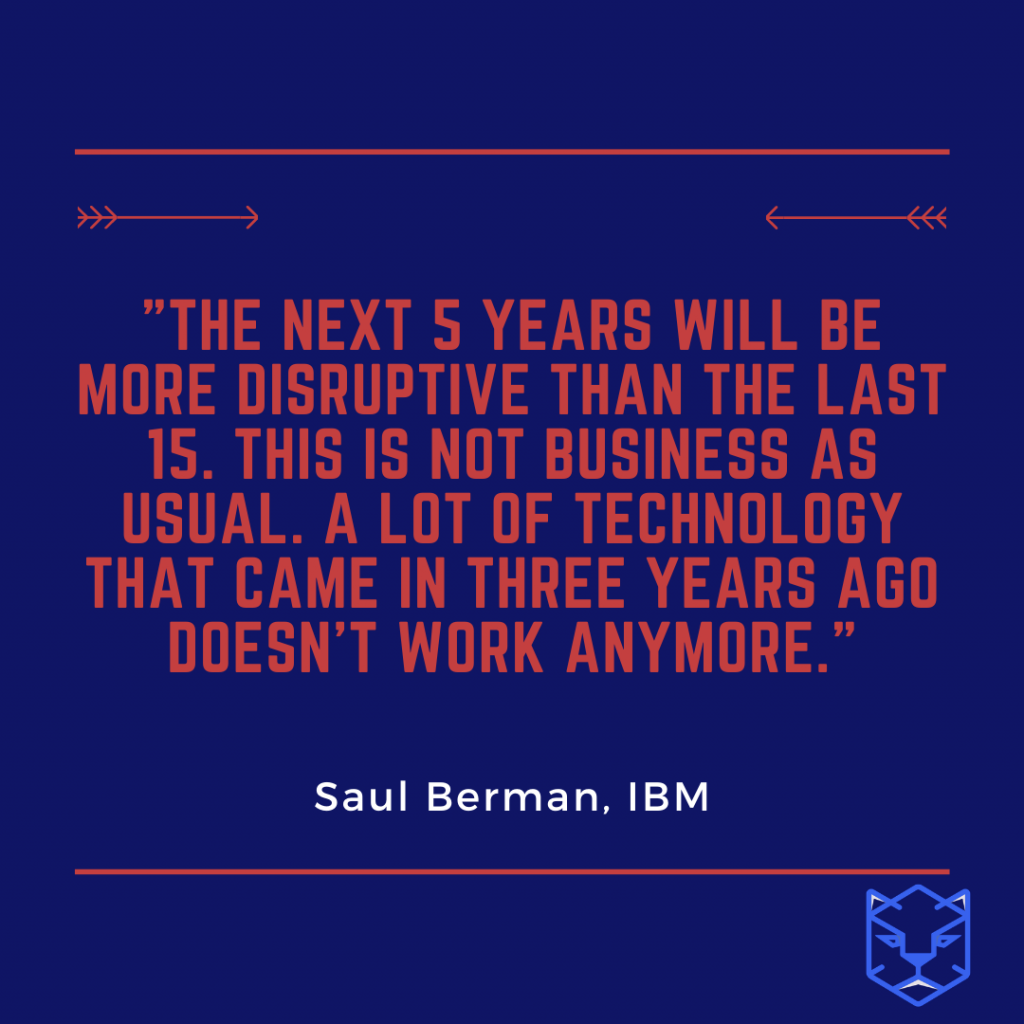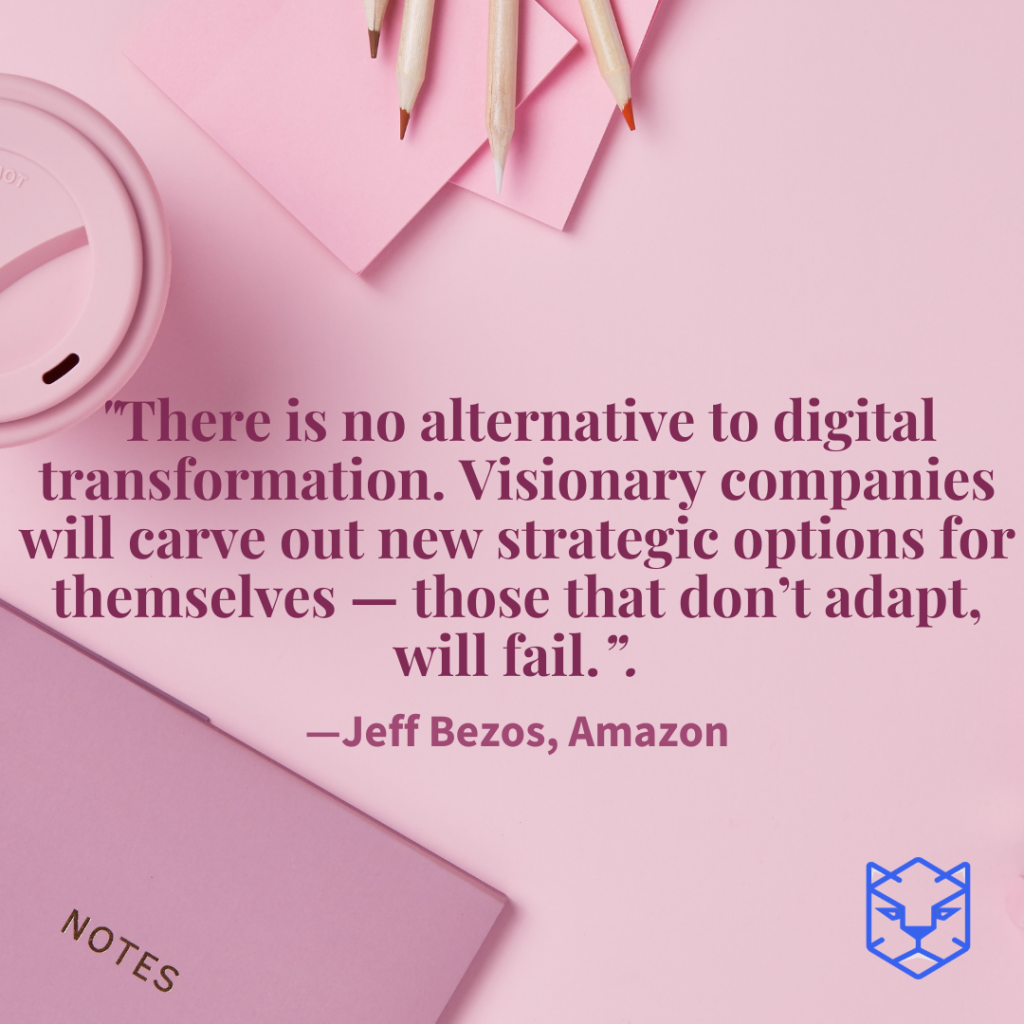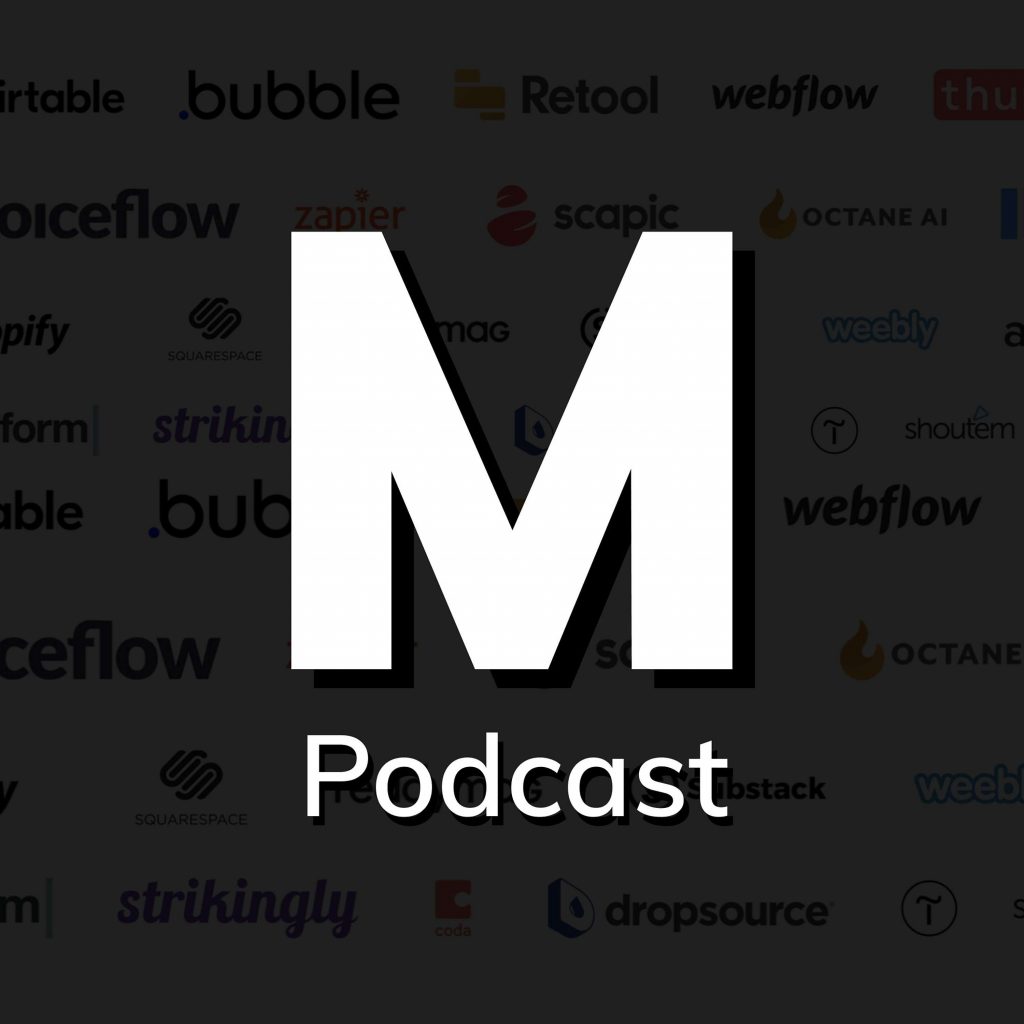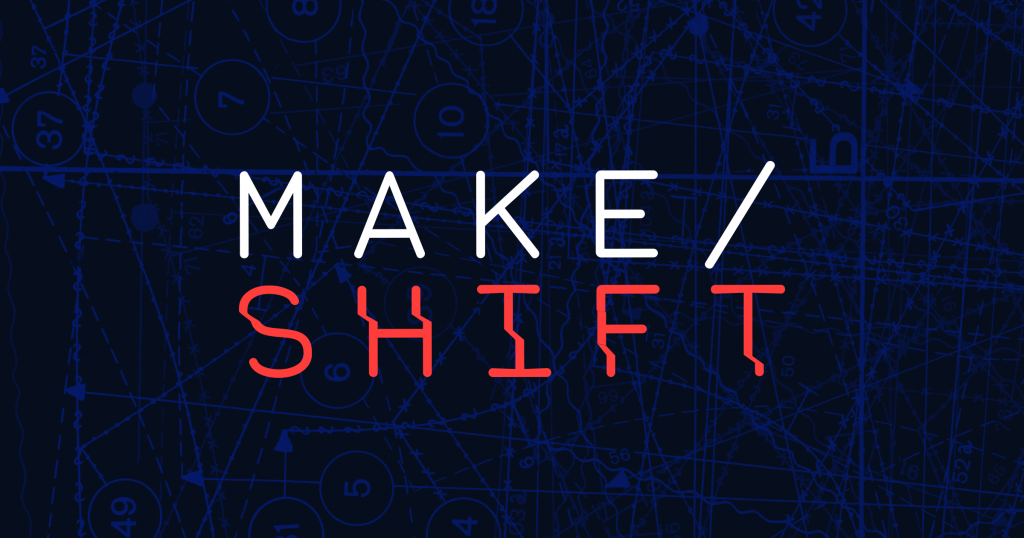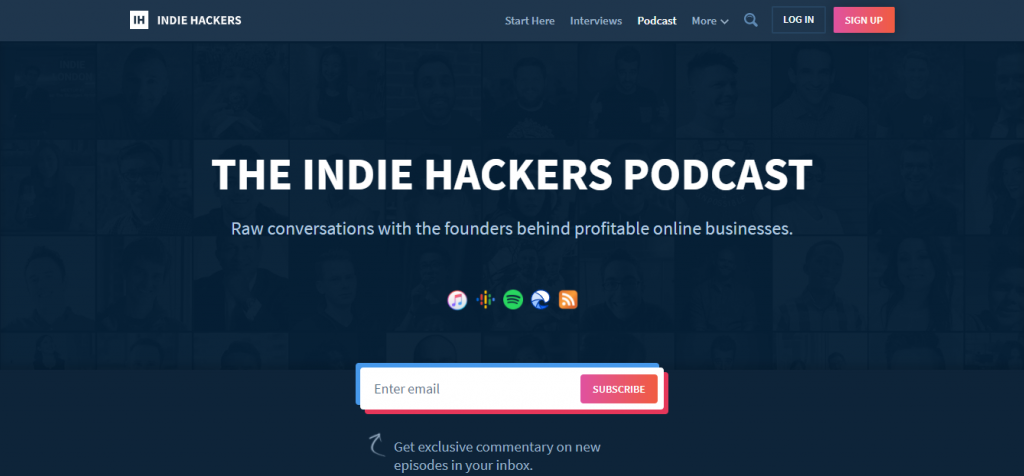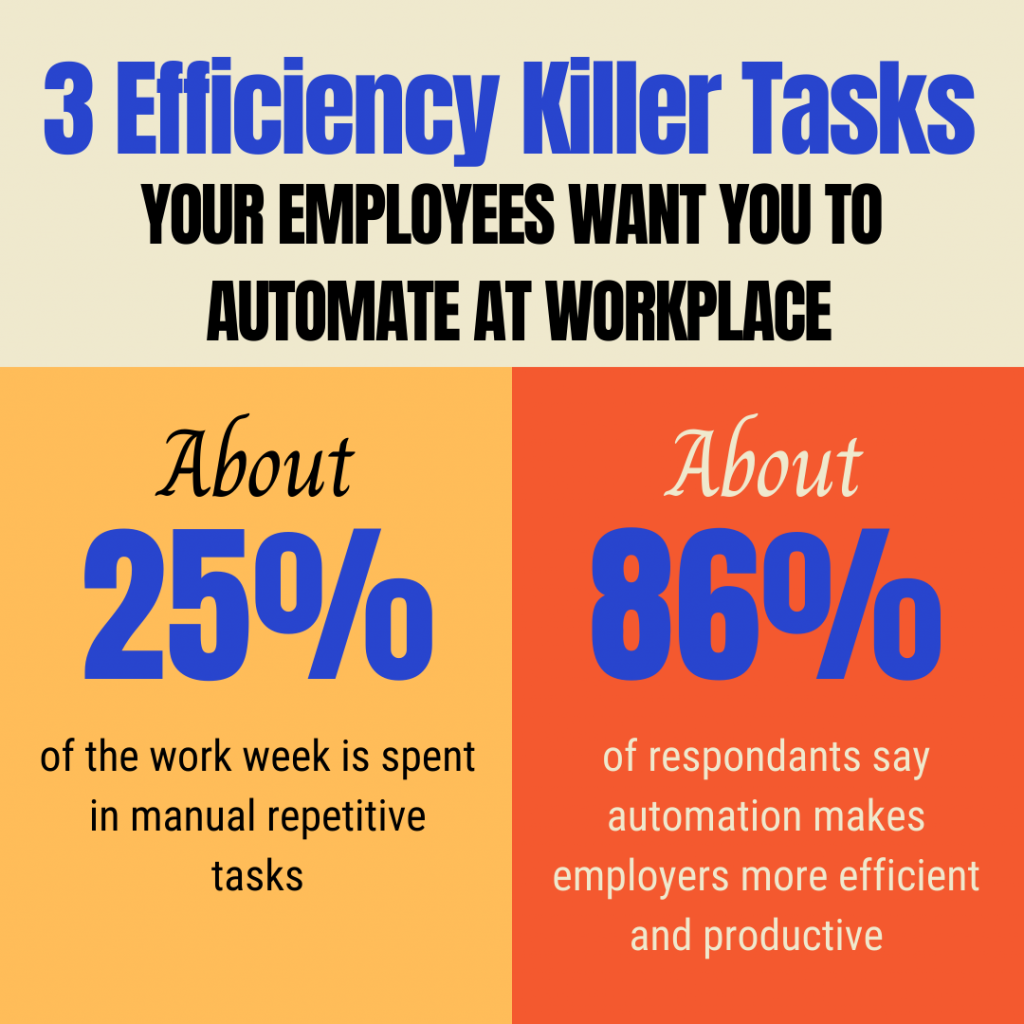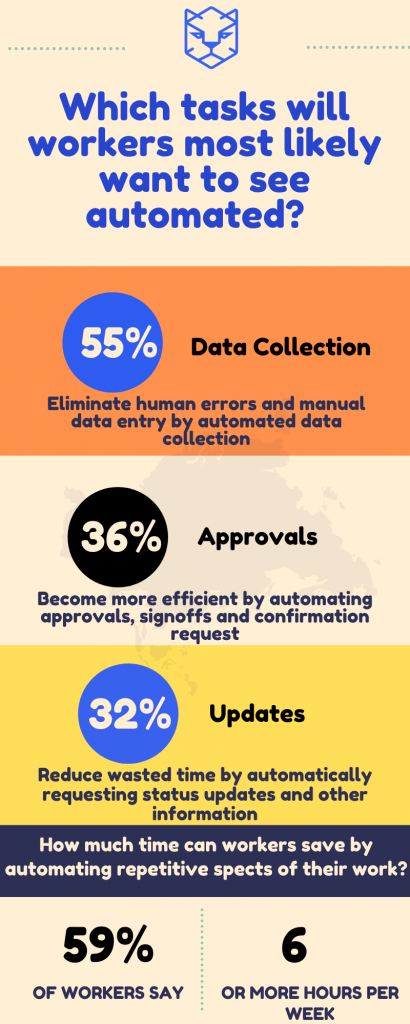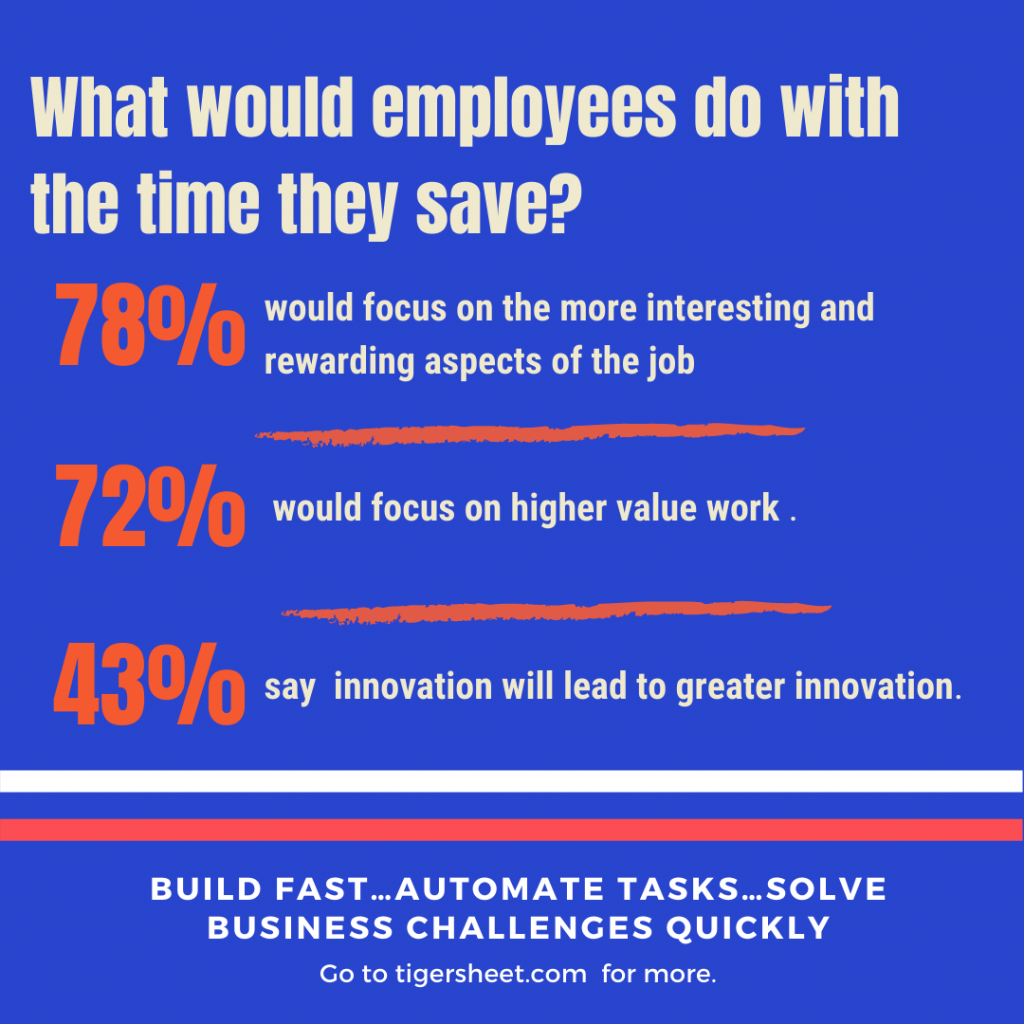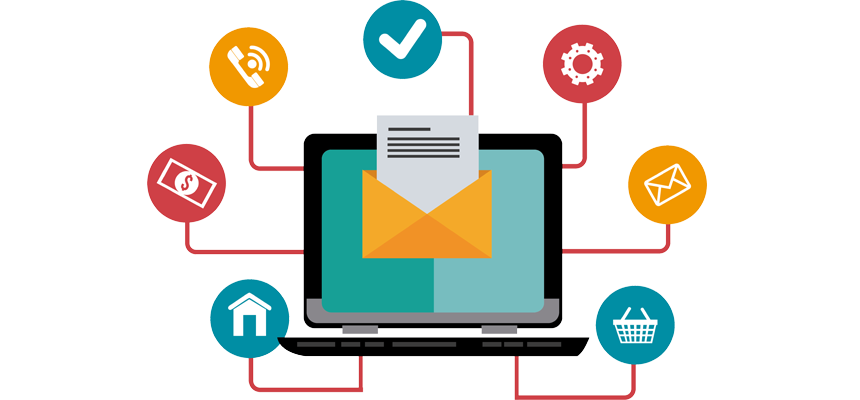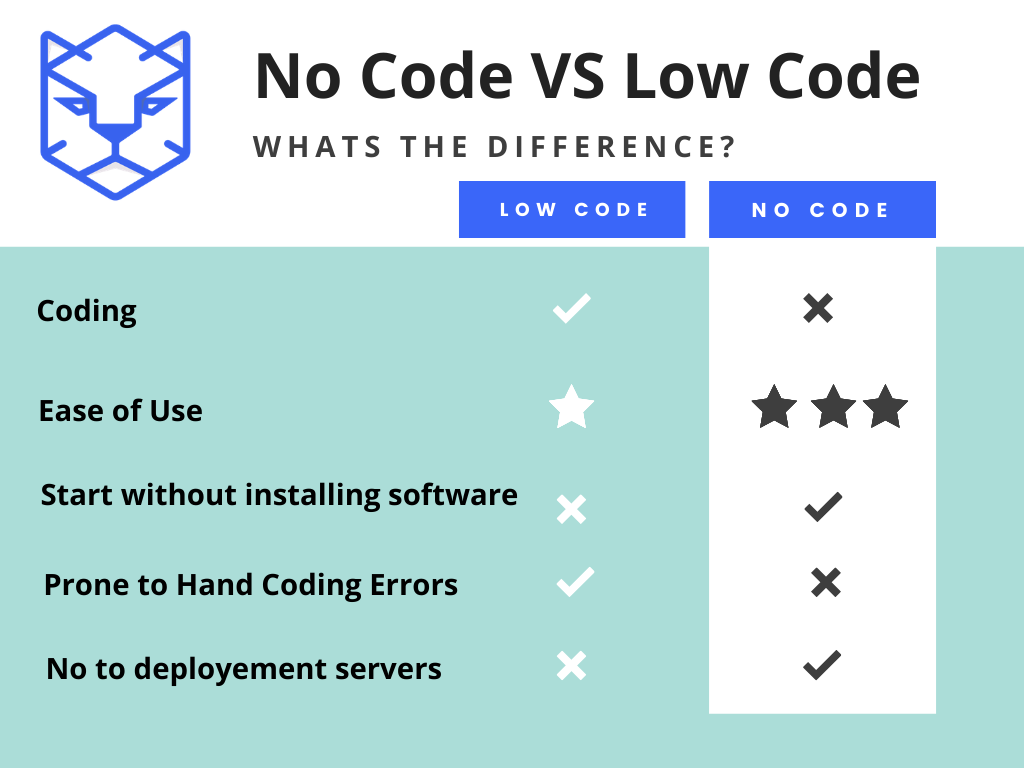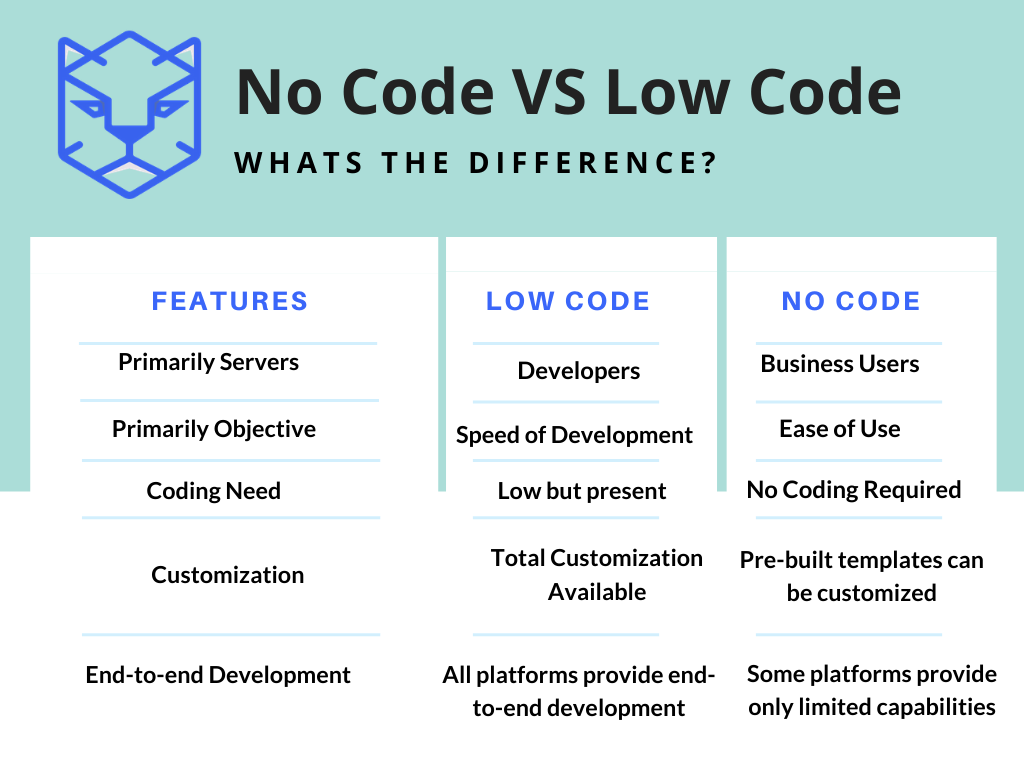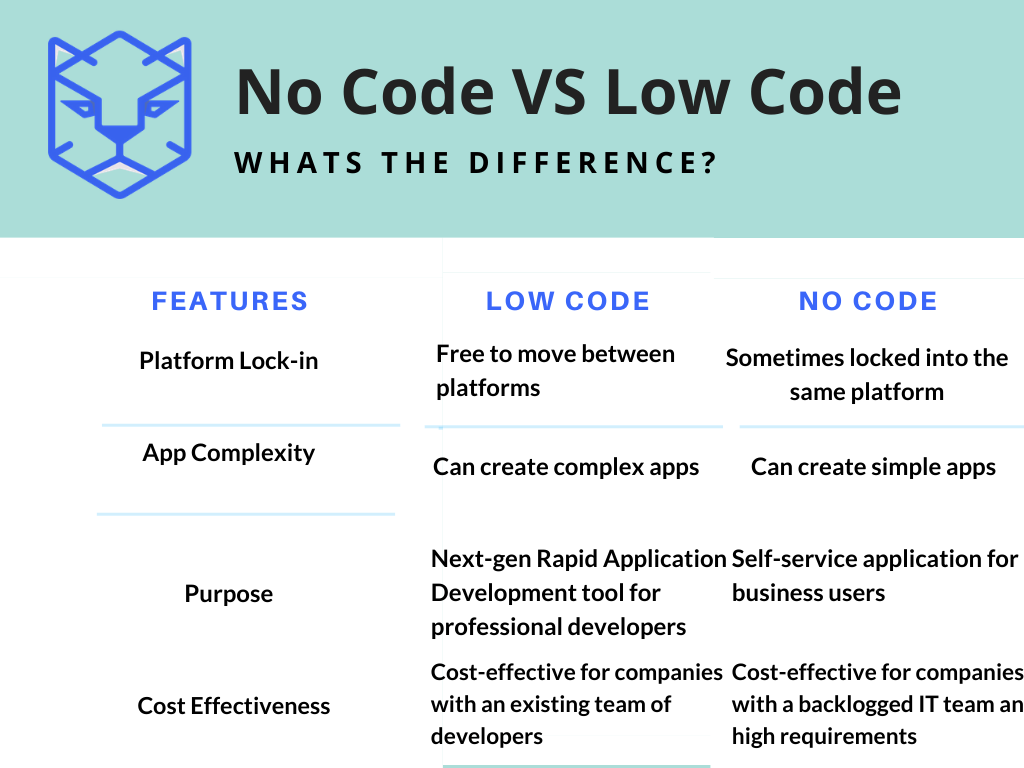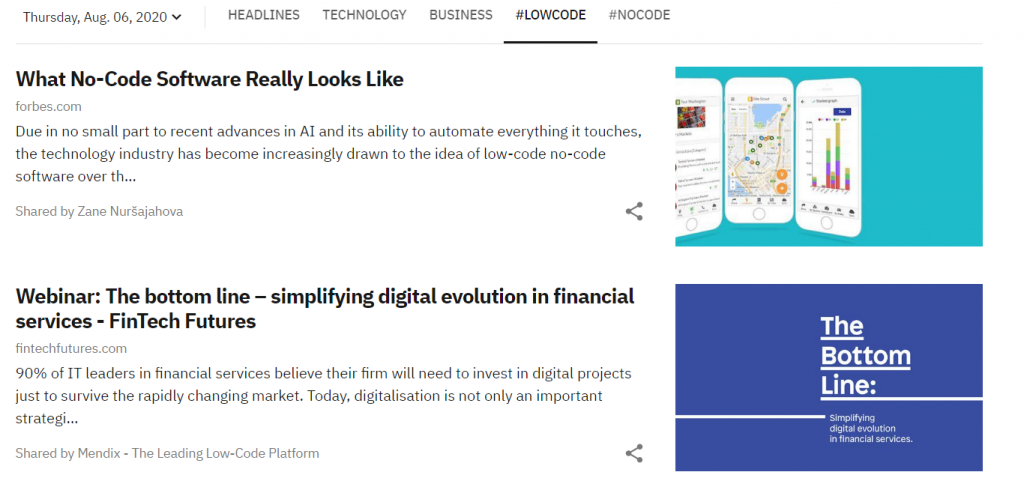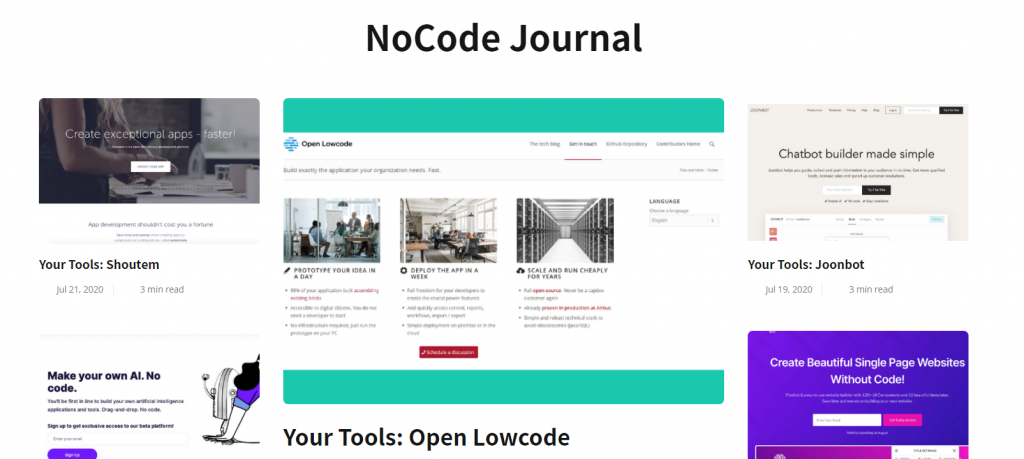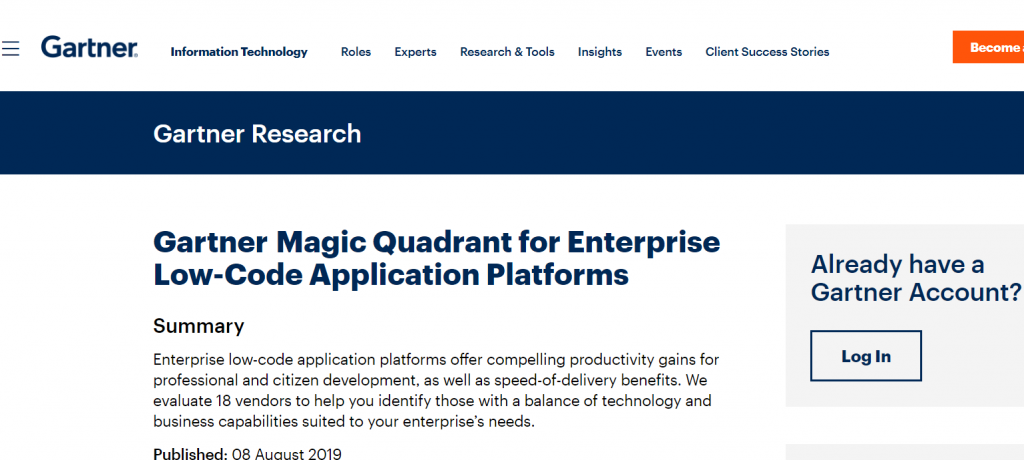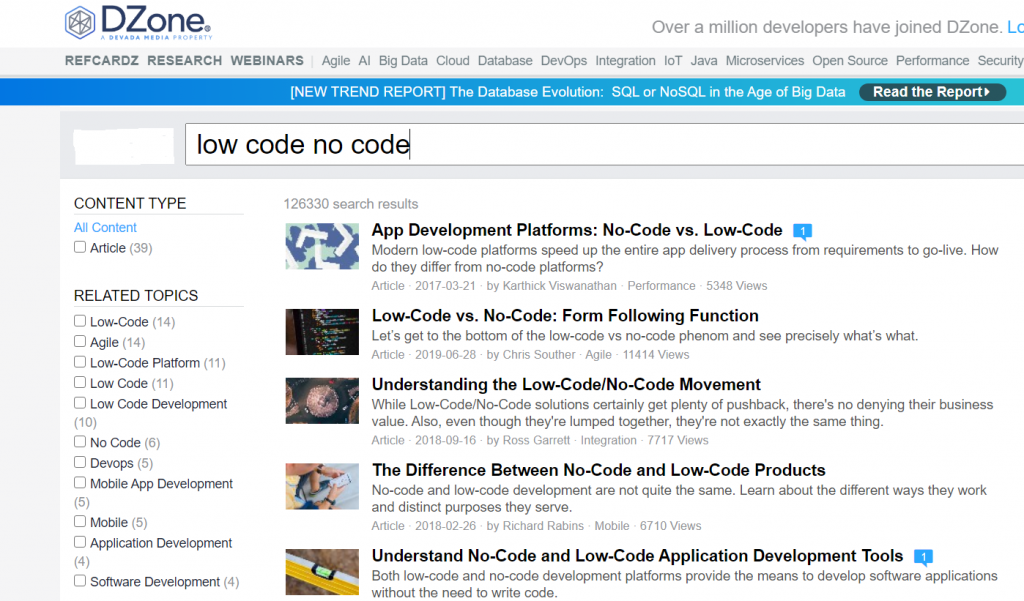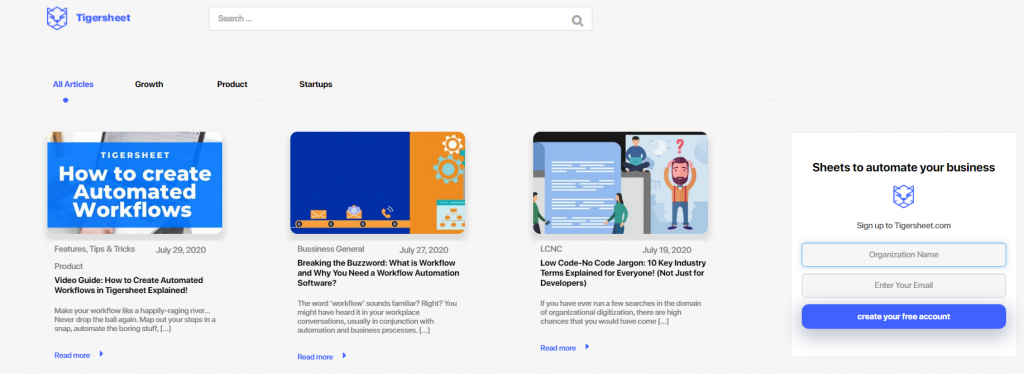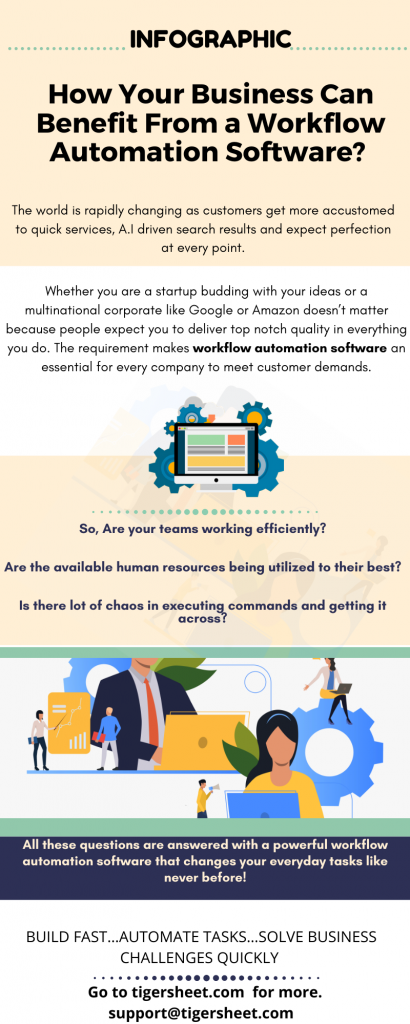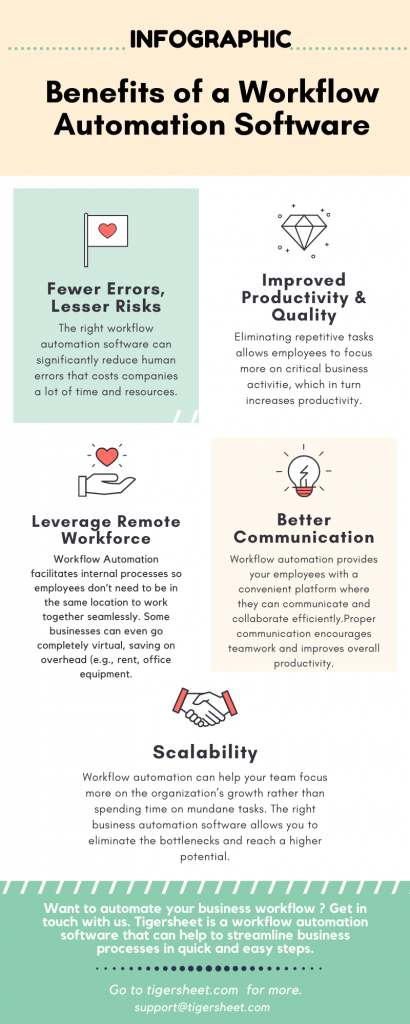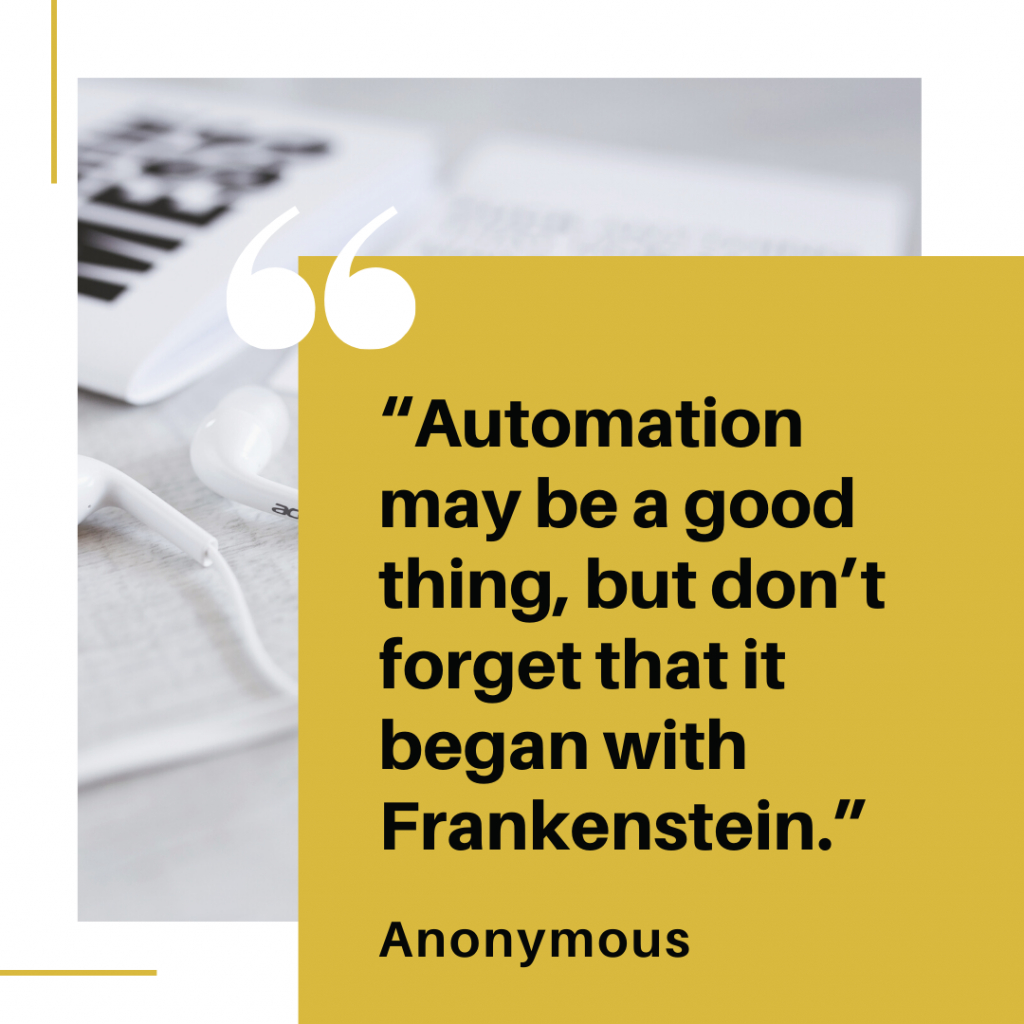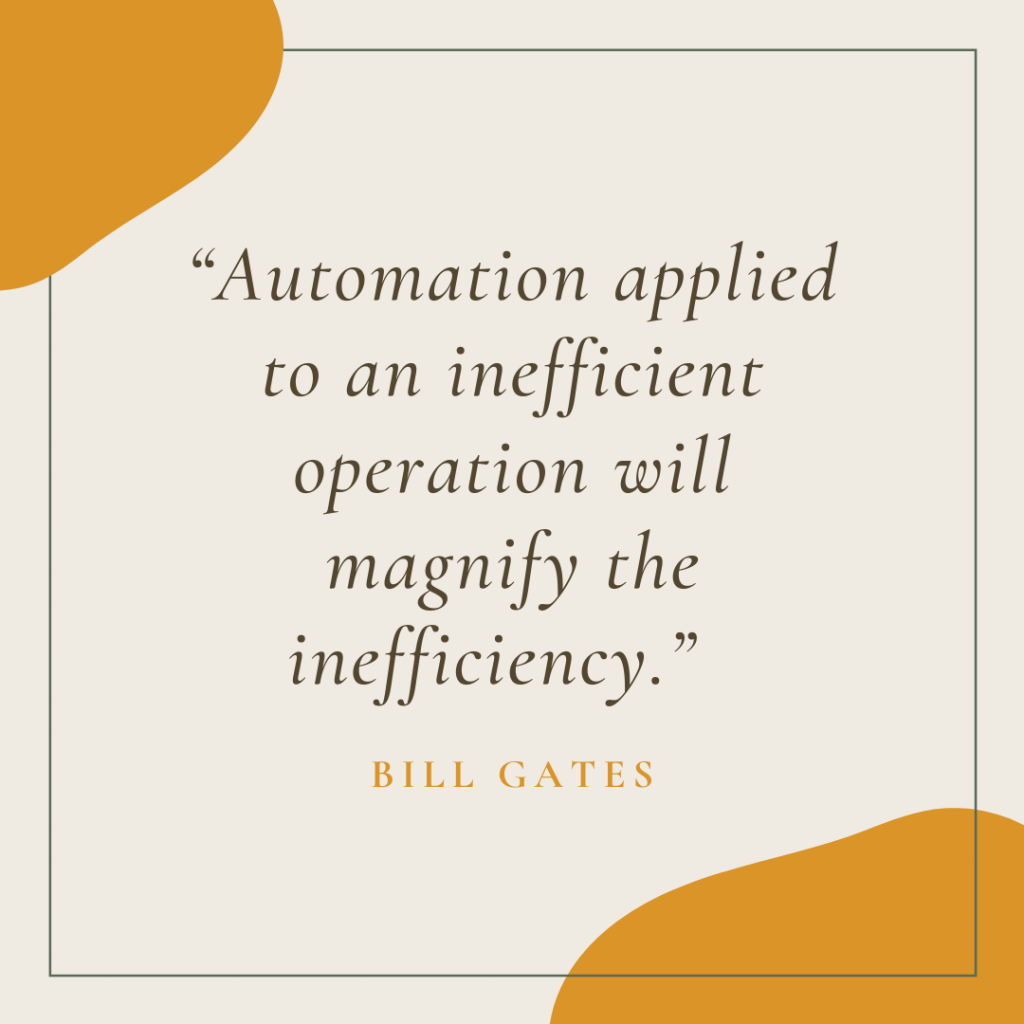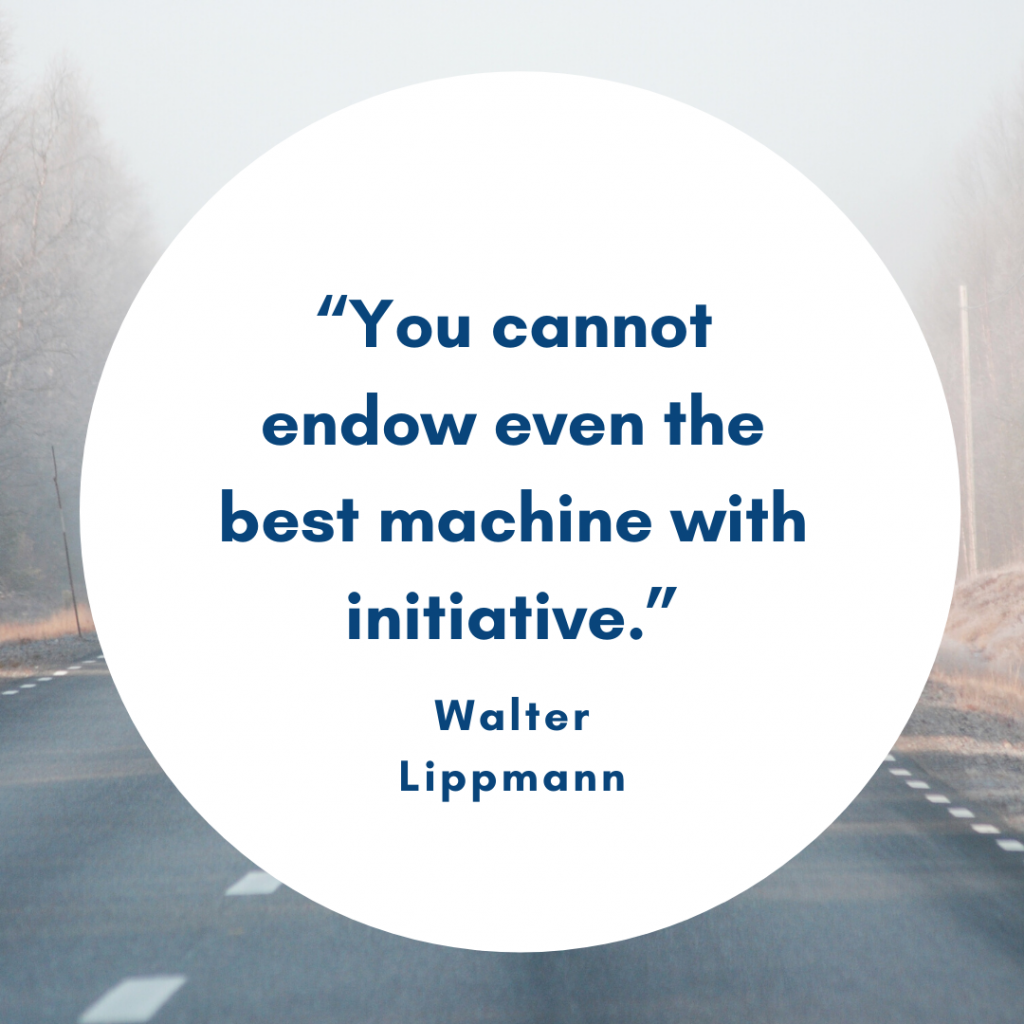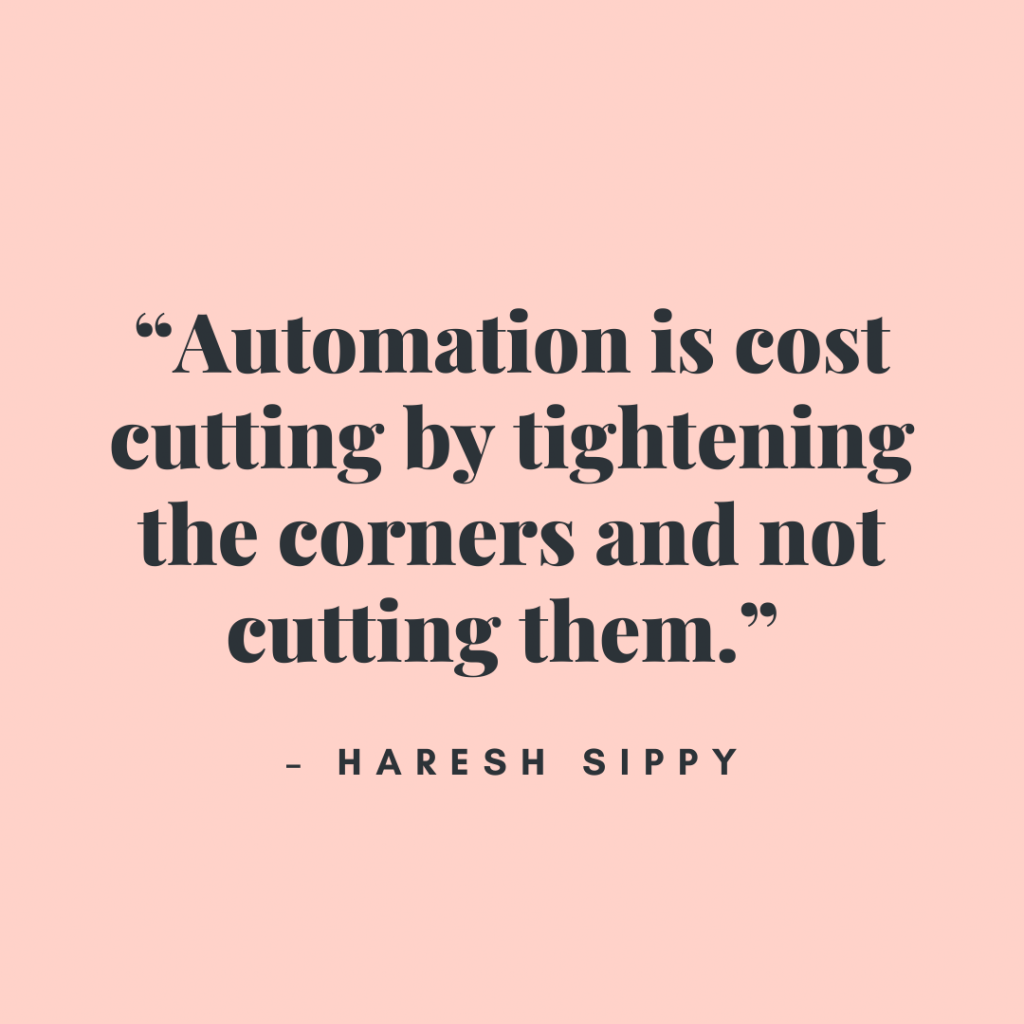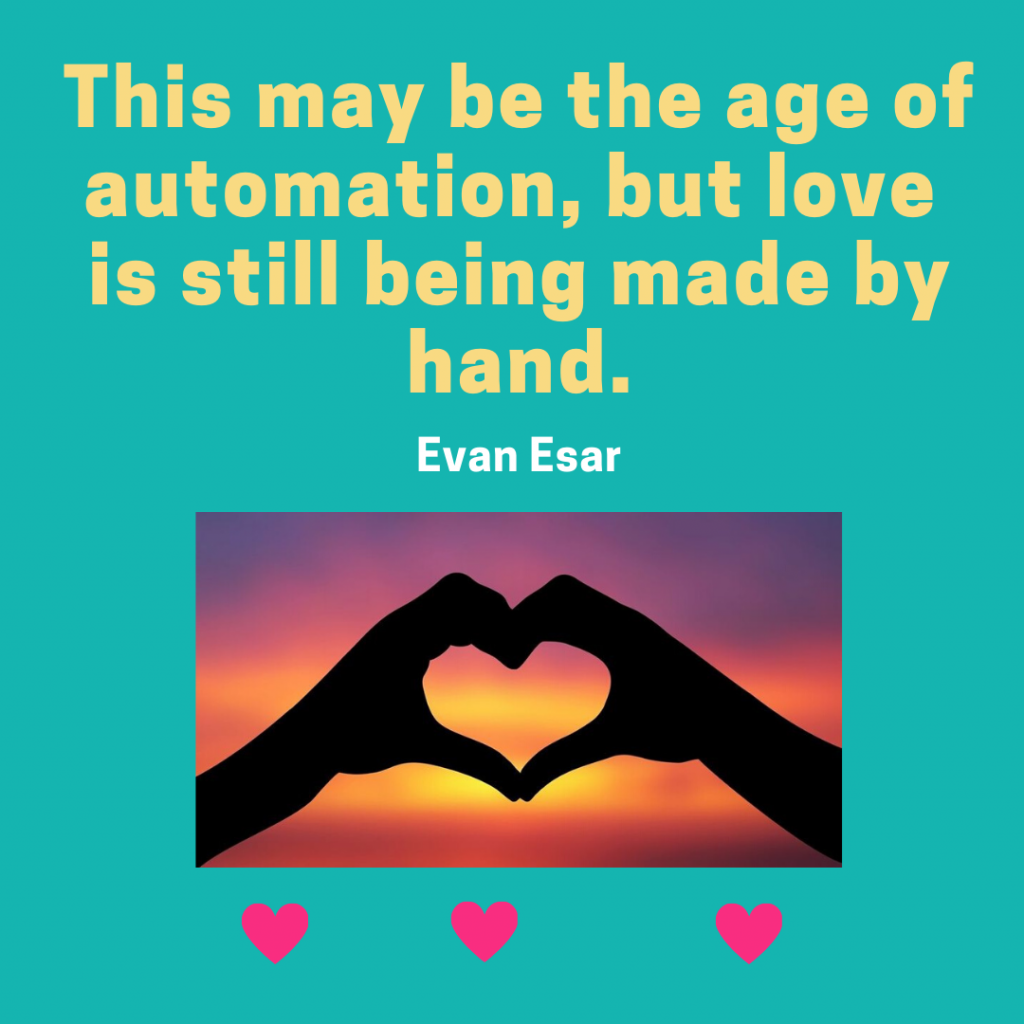The popularity of Airtable, a tool that combines features of a spreadsheet with a database, has been on the rise over the years.
Unlike other databases, Airtable holds a fun interface with a variety of options to store and visualize data.
However, the challenge is that its functionality is limited and this is the reason that teams have to start looking for its alternative.
Are you too using Airtable for project management? Are you not satisfied with the platform’s performance?
Looks like you can use something better—like Airtable alternatives.
If you are also having second thoughts about Airtable, we have come up with a comprehensive guide to provide you with the list of best Airtable alternatives that can help you run things better.
So, let’s dive deeper without wasting any minute!
Smartsheet
Smartsheet is a SaaS, enterprise-ready work management and collaboration software. Smartsheet is regarded for its amazing project management, collaboration, and file-sharing functionality. It’s an intuitive application with which businesses and teams can track and manage everyday work-related stuff like projects, tasks, task lists, customer information, sales pipelines, event schedules, and more.
Smartsheet feature highlight:
- les
- Reminders
- Forms
- Update requests
- Alerts and automated actions
- File sharing
- Resource management
- Reports
- Export, email, and print
- Custom branding
Pricing Plans
- Individual ($14 per month)
- Business ($25 per user/per month)
A 7-day (+7-day extension) free trial is available.
Tigersheet
An ideal business automation platform should be packed with features that can help an individual, a team, and even an entire organization plan, work, collaborate, deliver results faster and more effectively. Tigersheet does the same.
Airtable is a great tool for organizing your work—no doubt about it. But Tigersheet will help you organize anything you put your mind to thanks to a better structure, complete flexibility, and additional features for advanced work management.
Tigersheet is a modern-day, spreadsheet-inspired no-code platform that comes packed with scalable features that make it a perfect alternative to software like Airtable.
You can plan, manage, and also automate your data enrichment and reporting in a single place. Whether you’re a marketing team managing content, campaigns, and reports, a sales team dealing with leads, or even a project management team assigning tasks, Tigersheet has you covered.
With customizable forms, plus Kanban & Standard views, you can visualize your data effectively and share it with the world.
Here’s a sneak peek into the vast array of features and modules Tigersheet offers:
- Track orders, projects, invoices, payments, employees, expenses, office assets, employee leaves, employee advances, and more.
- Attach files and documents to rows.
- Hide certain fields or rows from users easily with the powerful roles and permission system.
- Set reminders for important dates like a deadline, a follow-up date, etc.
- Access data from your Tigersheet’s mobile app.
- Create reports, have different views to visualize your data better – like Kanban, timeline, etc.
- Use Triggers to create workflows, send email notifications, and more. Now no need to resort to custom application development to automate your business.
Best suited for: Small and medium businesses (SMBs), agencies, and large organizations
Pricing: Starts with a standard free absolutely no strings attached plan at $0/user per month, scaling to the Pro plan at $5/user per month, and the Enterprise plan which costs $35/user per month.
Does Tigersheet offer a free trial? Yes, a 30-day free trial is available with awesome features like 1500 Records per sheet, 5 Triggers per sheet, 1 Gb attachments per sheet, and Chat / Email / Community Support.
Zoho
Zoho is a simple cloud-based project management solution. Like other project management tools, you can create projects and tasks, assign them to employees, and set start and end dates. You can track time with Zoho too.
You can also interlink tasks so that the next one automatically starts after the previous one ends.
And it has four types of views. These are classic, plain,
kanban, and Gantt charts. You can pick the view depending on the project you are creating.
Zoho integrates with several third-party tools such as Zapier, Dropbox, GitHub, and Slack to simplify project management even more.
It might have all these integrations, but it is a simple tool when compared with Airtable. It will suit you best if you plan to use other Zoho tools too.
Best suited for: Individuals to medium businesses.
Pricing: $0 to $6 per user/month.
Does Zoho offer a free trial? Yes, a free plan is available.
Notion
The next Airtable alternative we’ve added to this list is Notion. Primarily a note-taking application, Notion comes with a pretty solid task management feature set that allows you to manage your tasks without getting into the frustration of complicated functionality.
It’s a tool that comes with a pretty neat user interface combining note-taking, task management, spreadsheets, and databases all under one platform. Through a knowledge base, Notion combines all your team’s knowledge in one centralized location to be accessed whenever needed.
Key Features:
- Some of the key features you can get with Notion are:
- To-do list management
- Knowledgebase for common team data
- Tasks management through Kanban workflow
- Documents management to keep all your documents in one place
- Third-party application integrations
Pricing Plans:
- Free
- Personal ($4 per month- flat-rate)
- Team ($8 per user/month)
Enterprise ($16 per user/month) plans
Podio
If you’re looking for a tool that provides a rich set of collaboration features, Podio might be best suited for you. The platform combines content, context, and collaboration in one place, providing a unified task management solution.
The tool ensures transparency and accountability by providing a solution that comes with elaborate social communication features, like file attachments, likes and sharing, and instant audio and video calls. Not only this, but you can also create workflows by adding if-this-then-that logic and streamline your processes effectively.
Key Features:
- Personal dashboards for monitoring progress in a
- Task management, with integrated workflows
- Private and public workspaces for multiple projects
- Recurring tasks for tasks repeating on a regular basis
- Activity stream to keep a check on current updates
- Comments, likes, and file sharing
- Audio and video calls with team members
- Podio chat for instant messaging with team members
Pricing Plans:
- Free
- Basic ($9 per user/month)
- Plus ($14 per user/month)
- Premium ($24 per user/month) plans
Quip
If you are looking for a straightforward and simple alternative to Airtable, then Quip is the perfect option for you. It’s an easy app that allows teams to create living documents. It offers tools to create and edit documents, spreadsheets, and lists in the cloud. In addition to this, the app integrated well with chat, docs, task lists, and spreadsheets. No more endless chain of emails and overly complicated document versions, Quip makes it super easy for you to simplify communication, collaboration, and document management.
Quip feature highlight:
- Document sharing
- Tasklist
- Chat and messaging
- Spreadsheets
- Access on any device, anytime
- Import and export
Pricing: Free for users of Microsoft 365 and Office 365; $5 per user per month, Plan 1; $10 per user per month, Plan 2; $20 per user per month, Office 365 E3
ClickUp
ClickUp is an intuitive and easy-to-use platform for all your project management needs that can increase your team’s productivity by tenfold.
The versatile features in this app offer tools and capabilities to scale with different users and business types.
With ClickUp one can also customize and optimize features according to one’s team’s needs.
Key Features:
- Document management
- File sharing
- Data import/export ability
- Product planning and road-mapping
- Task management
- Workflow automation
- Supports Waterfall, Scrum, and Agile
- QA and Testing management
Pricing:
- ClickUp offers a Free Forever option
- The Unlimited plan costs $5/month, per user
- Business plan for $9/month, per user
- Contact the provider for a quote for the Enterprise plan.
Have You Picked Your Airtable Alternative?
As you can see above, there are so many fantastic Airtable
alternatives. Some are simpler and cheaper than Airtable, while others are more sophisticated and cost more. The one you pick should depend on your needs and budget. So, make sure you assess them carefully before you decide on a tool.
Almost all of the above offer trials or free plans. You can try them out before zoning in on your favorites.


